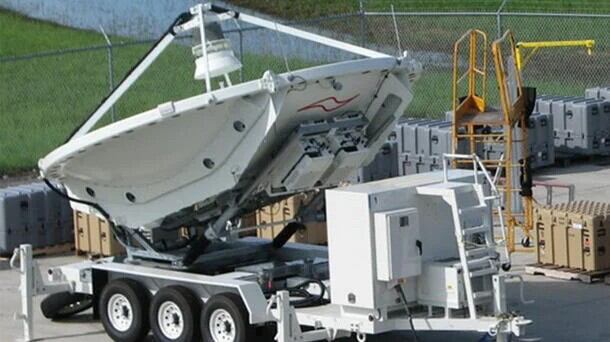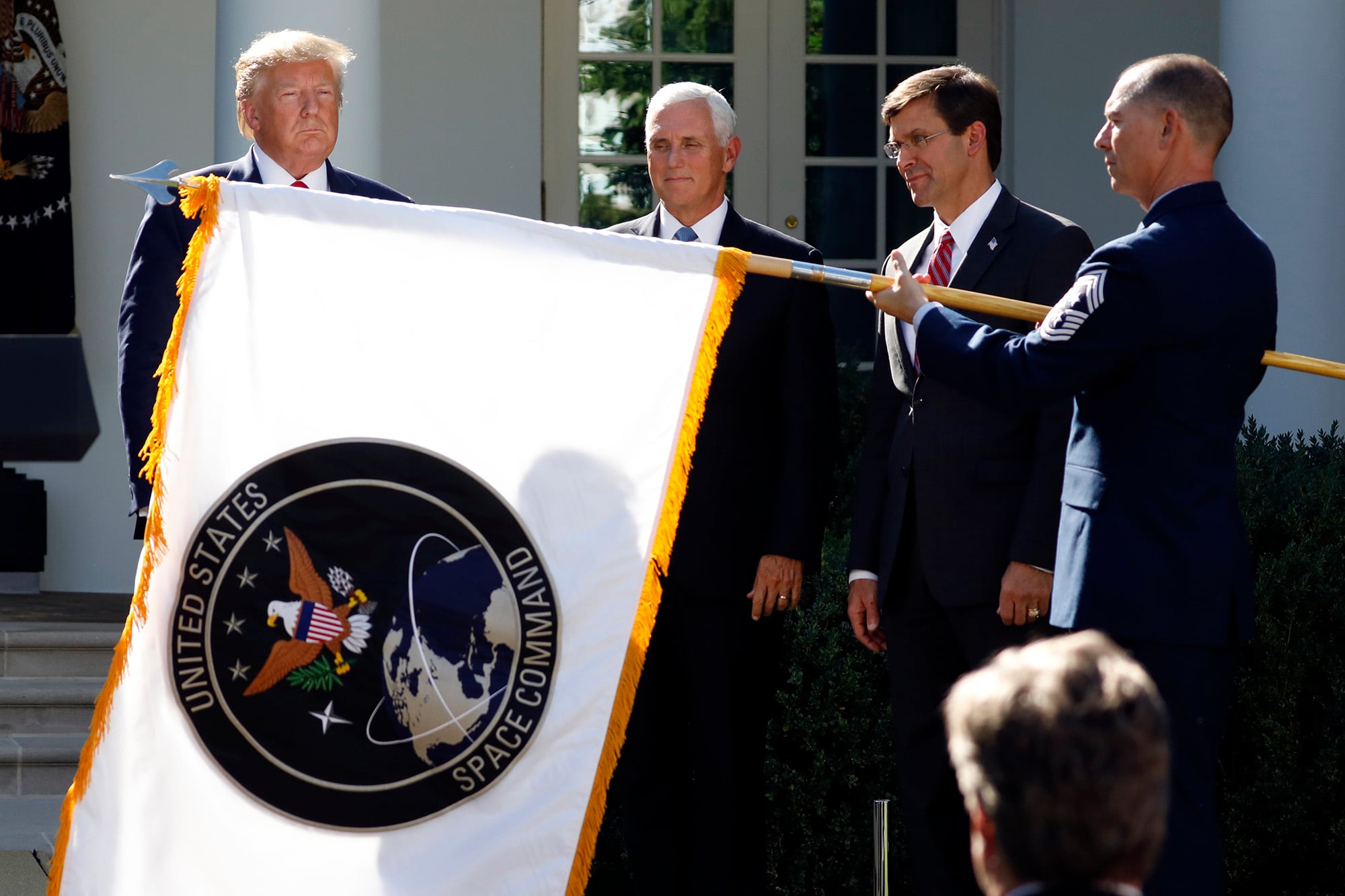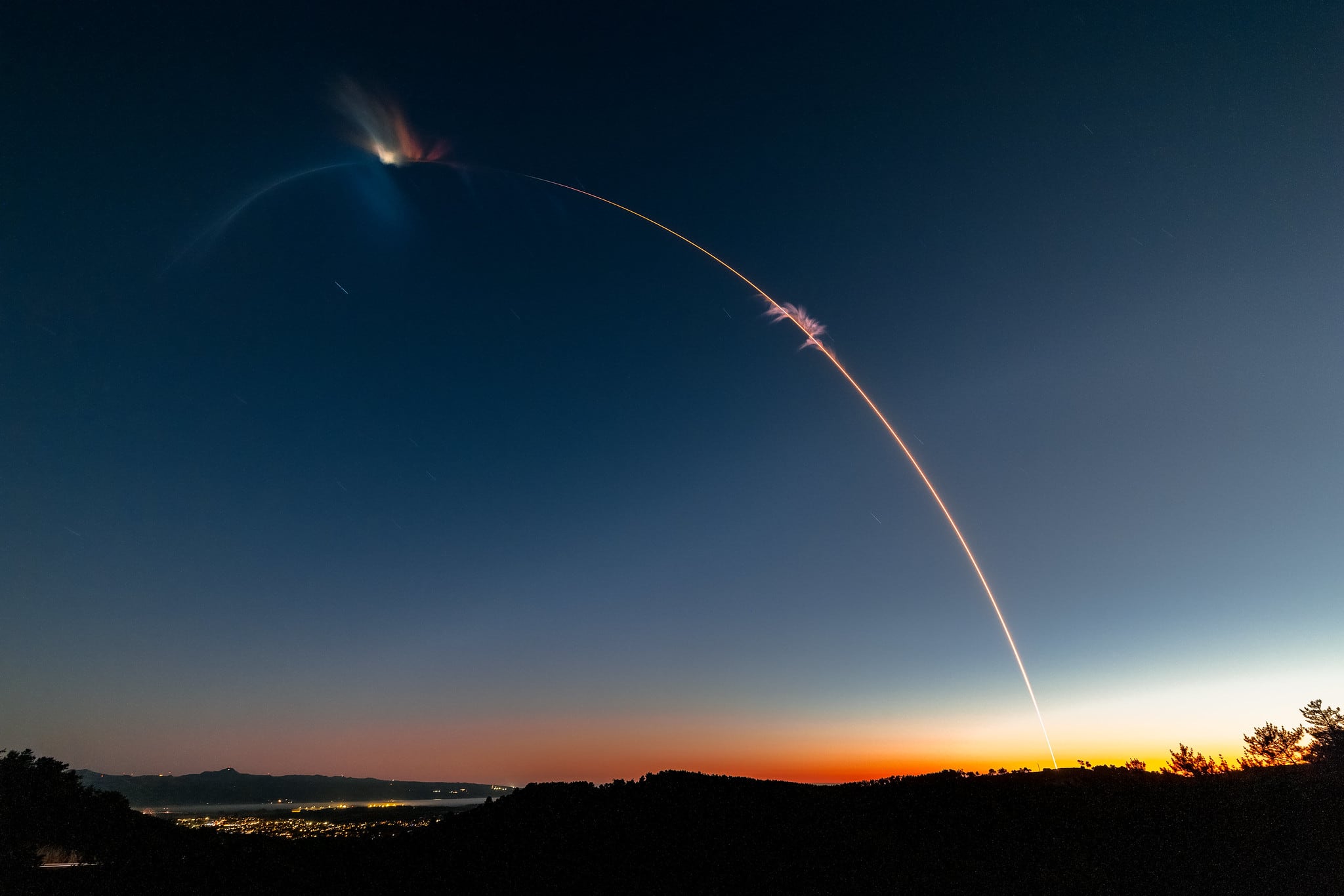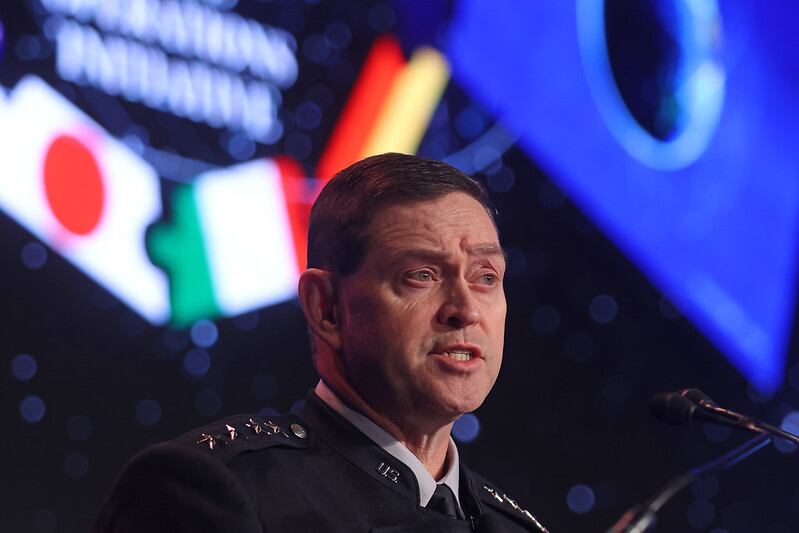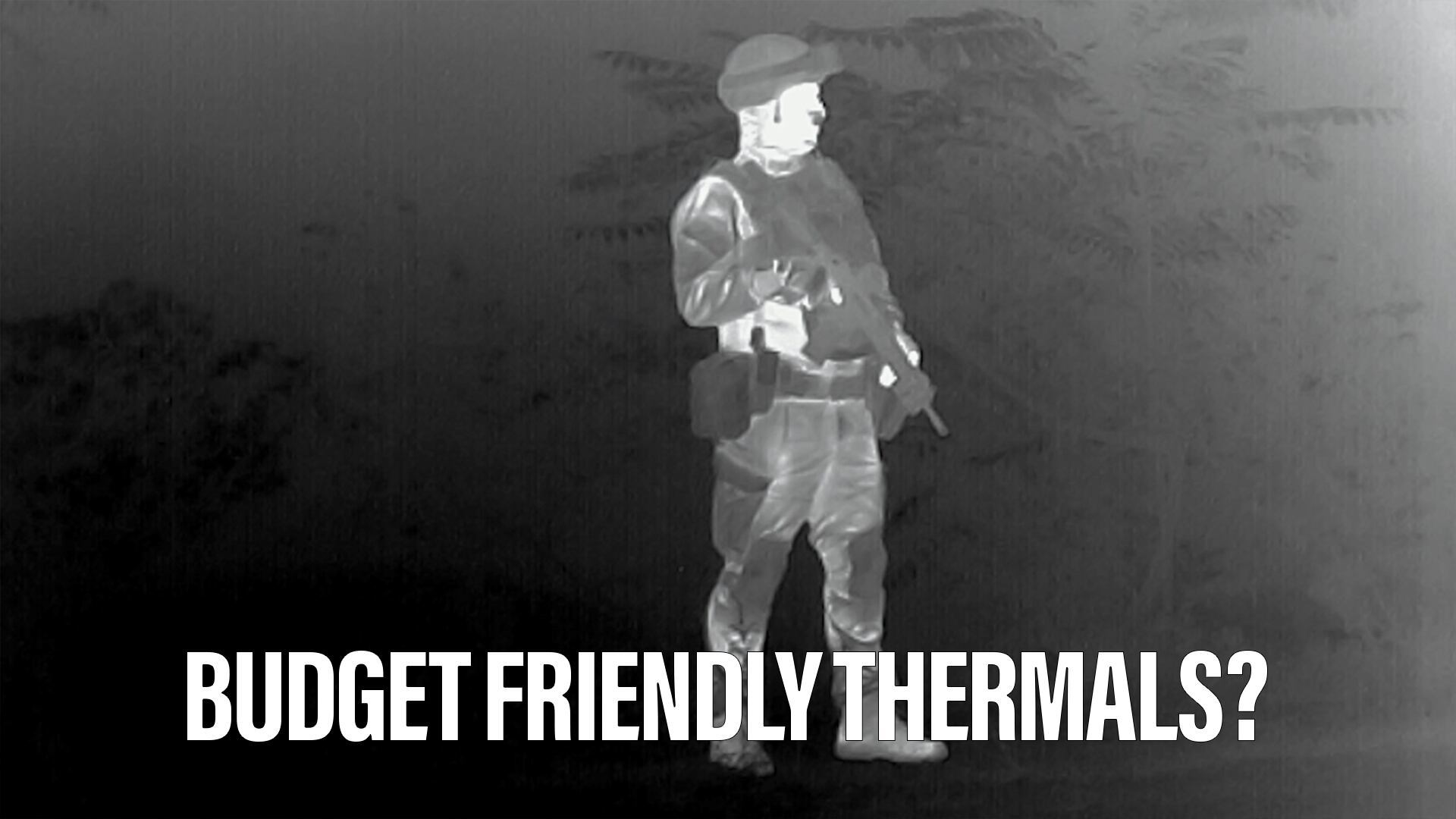The Space Force is ready to start government testing of a ground-based satellite jammer upgrade that it hopes will make the system more mobile, user friendly and effective as an electronic warfare platform.
L3Harris, which built the baseline Counter Communications System, or CCS, announced April 8 that the upgraded capability passed a recent verification review, which means it is ready to transition to the Space Force for developmental and operational testing.
The system uses radio signals to jam enemy communications, and the modernized version, dubbed Meadowlands, has an expanded frequency range, which improves its ability to interfere. The system is also lighter weight than its predecessor and has an open architecture that will allow for more regular software updates in the future.
Col. Bryon McClain, program executive officer for space domain awareness, told reporters Thursday that one of Meadowlands’ key aspects is that it incorporates more automation than previous versions. That means fewer operators “sitting by the antenna and turning knobs and pushing buttons,” he said.
“It helps us grow the ability to have remote command and control, which allows us to adjust the footprint of personnel,” McClain said in a briefing at the Space Symposium in Colorado Spring, Colorado. “That gives us a lot of flexibility for the warfighter.”
The Defense Department fielded the first iteration of CCS in 2004 and has since funded multiple upgrades to the system. The Space Force has 11 CCS units in operation today and L3Harris is on contract to convert five of those units to the new configuration — two of which it delivered last week for testing, according to a company spokesperson. McClain noted that the service will eventually upgrade the remaining older-model systems to the Meadowlands variant.
L3Harris also has a production contract to design and deliver more than 20 Meadowlands platforms, including training systems.
Much of the Space Force’s counter-space weapon portfolio is under wraps, but the service has publicly claimed CCS as its first counter-space capability. Since its fielding, the Space Force has publicized the delivery of other satellite jammers, including the Remote Modular Terminal program developed by the Space Rapid Capabilities Office.
The service in recent months has been openly discussing the need to build out its weapons arsenal as China, Russia and other U.S. adversaries field space weapons of their own and conduct aggressive maneuvers, including an incident last year that a Space Force general recently characterized as “satellite dogfighting.”
In an April 8 speech at the symposium, Gen. Stephen Whiting, head of U.S. Space Command, echoed recent comments from Space Force officials calling for more offensive capabilities.
“We need weapons,” Whiting said. “We need them to deter a space conflict and to be successful if we end up in such a fight. Weapons in space used to be inconceivable, but now space-based interceptors are a key component of how we win.”
Courtney Albon is C4ISRNET’s space and emerging technology reporter. She has covered the U.S. military since 2012, with a focus on the Air Force and Space Force. She has reported on some of the Defense Department’s most significant acquisition, budget and policy challenges.
